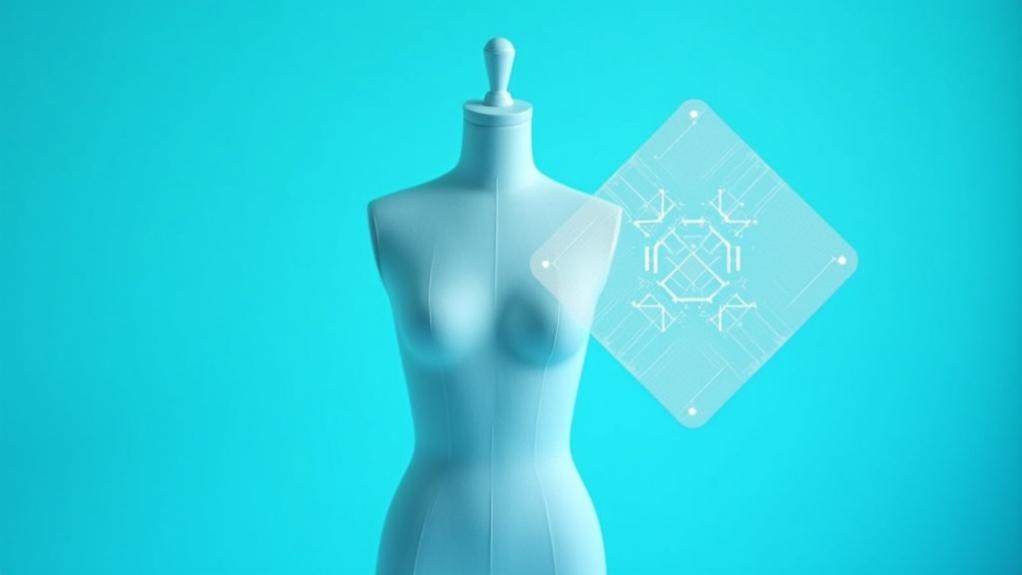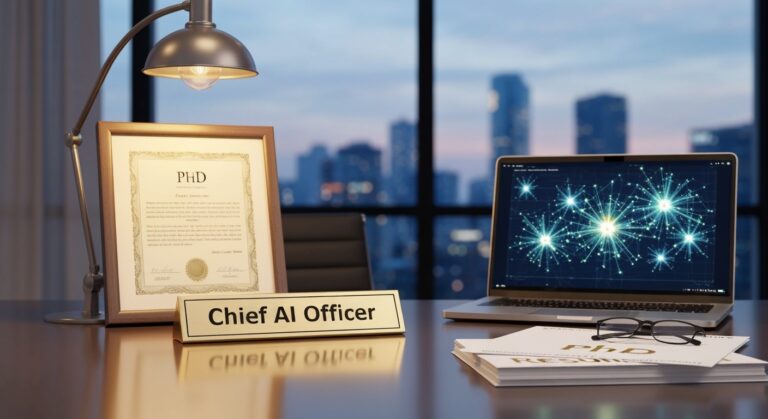AI is revolutionizing fashion by boosting profits, enhancing sustainability, and personalizing shopping experiences. Major brands are embracing AI for everything from chatbots to inventory management, with projected profits reaching $275 billion by 2025. While the technology streamlines operations and improves worker safety, it raises questions about creative authenticity and job security. The fashion industry faces the delicate balance of leveraging AI’s benefits while preserving the human artistry that makes fashion unique.
While fashion has always been about creativity and intuition, artificial intelligence is revolutionizing how the industry operates from design to retail. The numbers tell an impressive story – AI is projected to add up to $275 billion in profits to the fashion and luxury sectors by 2025. Think of AI as fashion’s new power tool, helping brands work smarter and faster while keeping their creative spark alive.
Fashion executives aren’t just dipping their toes in the AI waters; they’re diving right in. A whopping 70% plan to implement generative AI in their companies, using it for everything from customer service chatbots to inventory management. It’s like having a super-efficient assistant who never needs coffee breaks or vacation time. Companies like Swarovski have seen response times reduced by 48% through AI-powered customer service solutions. Robotics technology is enhancing worker safety by taking over hazardous tasks in manufacturing.
Fashion leaders are embracing AI full force, with 7 in 10 ready to transform their operations through smart technology.
The sustainability angle is where AI really struts its stuff. Smart computers can now check wear and tear on garments, sort secondhand items, and even spot fake luxury goods. Platforms like The RealReal use AI to authenticate designer pieces, making the circular fashion economy more reliable and accessible.
Modern shoppers expect brands to be mind readers, and AI is making that possible. With 73% of customers wanting personalized style recommendations, AI steps in by analyzing shopping patterns and preferences. It’s like having a personal stylist who remembers every outfit you’ve ever loved.
In the design studio, AI is becoming fashion’s new muse. It scans social media trends, predicts upcoming styles, and even helps create initial sketches. But don’t worry – it’s not replacing human designers. Instead, it’s freeing them up to focus on the creative aspects they do best, like adding those perfect finishing touches that make a design truly special.
The fashion industry is walking a delicate runway between tradition and technology. While AI brings impressive efficiency gains and personalization capabilities, it also raises questions about job security and creative authenticity.
The key is finding the sweet spot where technology enhances rather than replaces human creativity, ensuring fashion remains an art form while becoming more sustainable and accessible.







